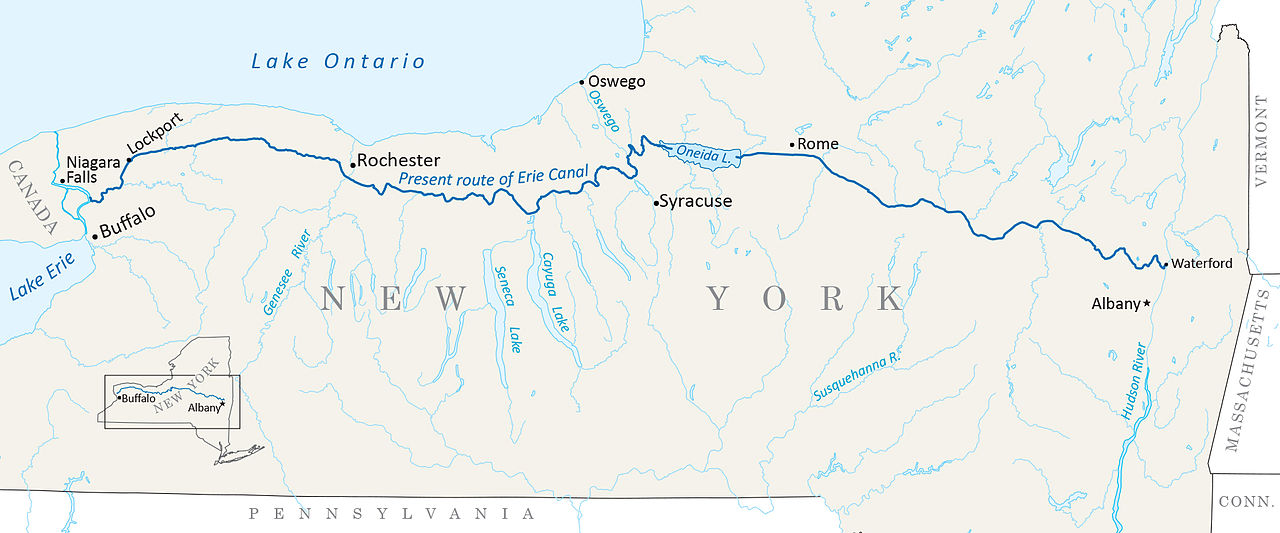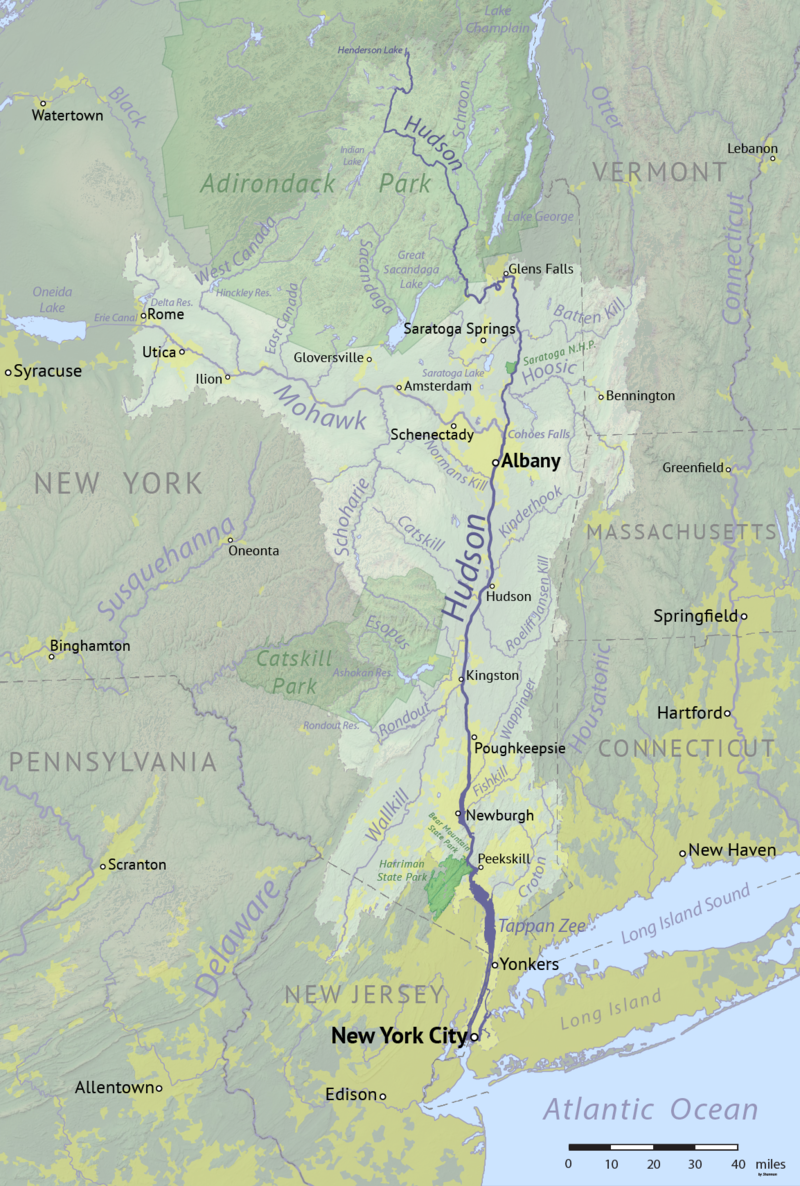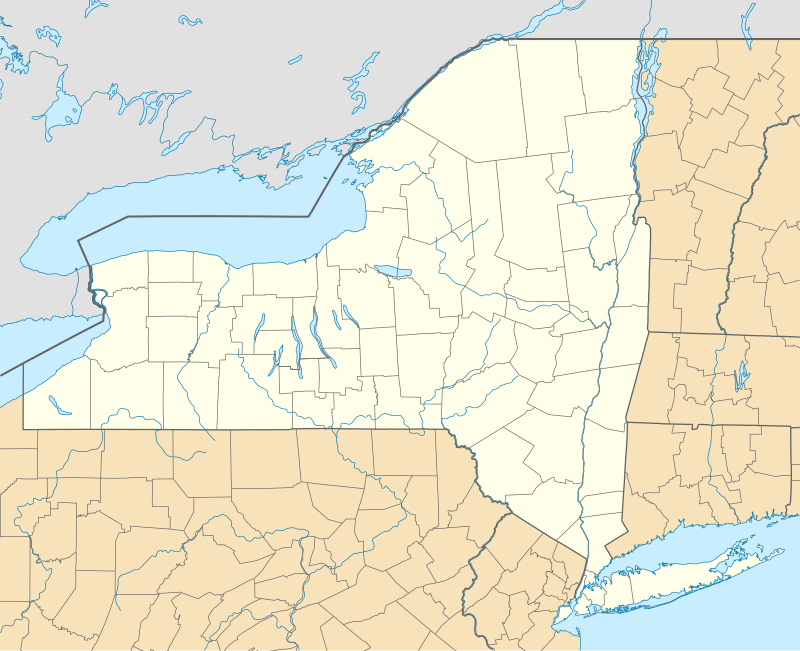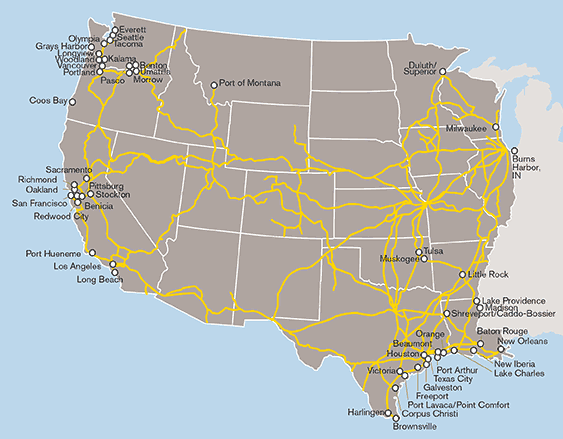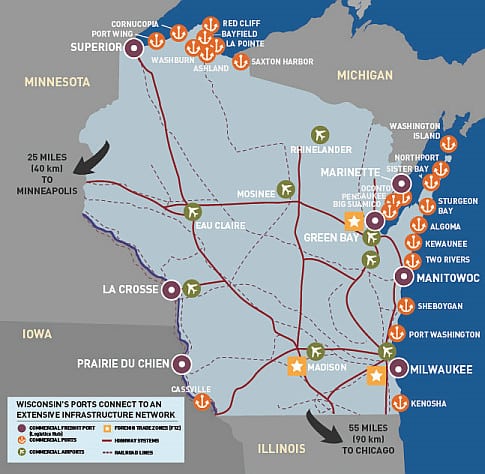Building off a story below:
- Click here for the link.
PredaSAR’s first two satellites, in what the firm says will be the world’s largest Synthetic Aperture Radar (SAR) constellation, are “under construction” at Tyvak Nano-Satellite Systems, another Terran Orbital company, Marc Bell, Terran Orbital chairman and co-founder, told SpaceNews.
PredaSAR is in negotiations with U.S. launch vehicle providers to begin sending satellite into orbit in early 2021, said Bell, PredaSAR co-founder and executive chairman.
PredaSAR, founded in 2019, is the latest entrant in the race to deploy constellations of small SAR satellites to serve government and commercial customers. The Florida startup, led by retired Air Force Maj. Gen. Roger Teague, raised $25 million in a seed funding investment round announced in March.
Although PredaSAR has not said anything about the size of its satellites, Bell said, they will be larger than the satellites its competitors are building and flying. With larger satellites, PredaSAR’s constellation will offer “more power, more sensors, higher resolution and more bandwidth,” Bell said.
For more on Synthetic Aperture Radar:
Synthetic-aperture radar (SAR) is a form of radar that is used to create two-dimensional images or three-dimensional reconstructions of objects, such as landscapes. SAR uses the motion of the radar antenna over a target region to provide finer spatial resolution than conventional beam-scanning radars. SAR is typically mounted on a moving platform, such as an aircraft or spacecraft, and has its origins in an advanced form of side looking airborne radar (SLAR). The distance the SAR device travels over a target in the time taken for the radar pulses to return to the antenna creates the large synthetic antenna aperture (the size of the antenna). Typically, the larger the aperture, the higher the image resolution will be, regardless of whether the aperture is physical (a large antenna) or synthetic (a moving antenna) – this allows SAR to create high-resolution images with comparatively small physical antennas. Additionally, SAR has the property of having larger apertures for more distant objects, allowing consistent spatial resolution over a range of viewing distances.


